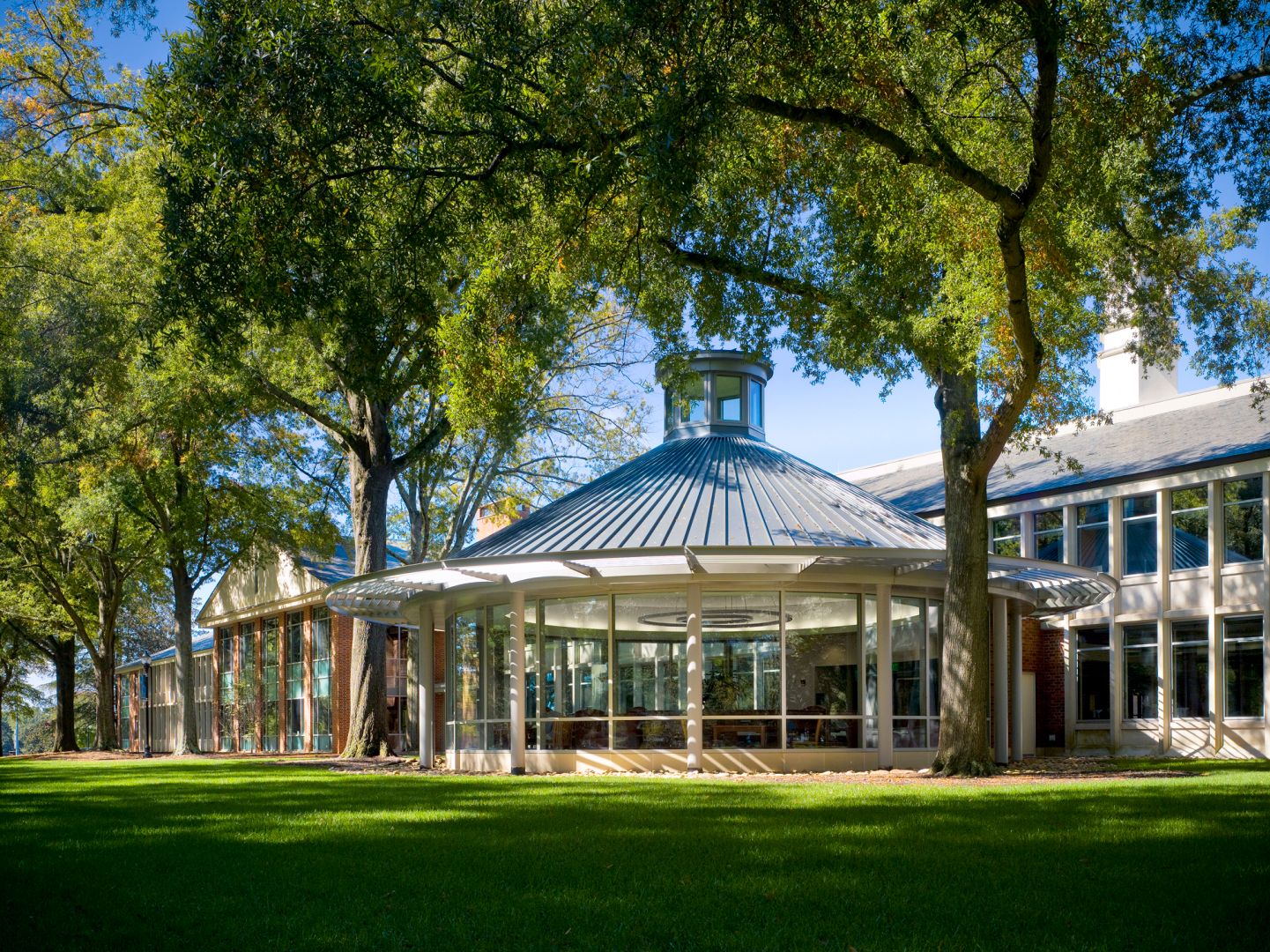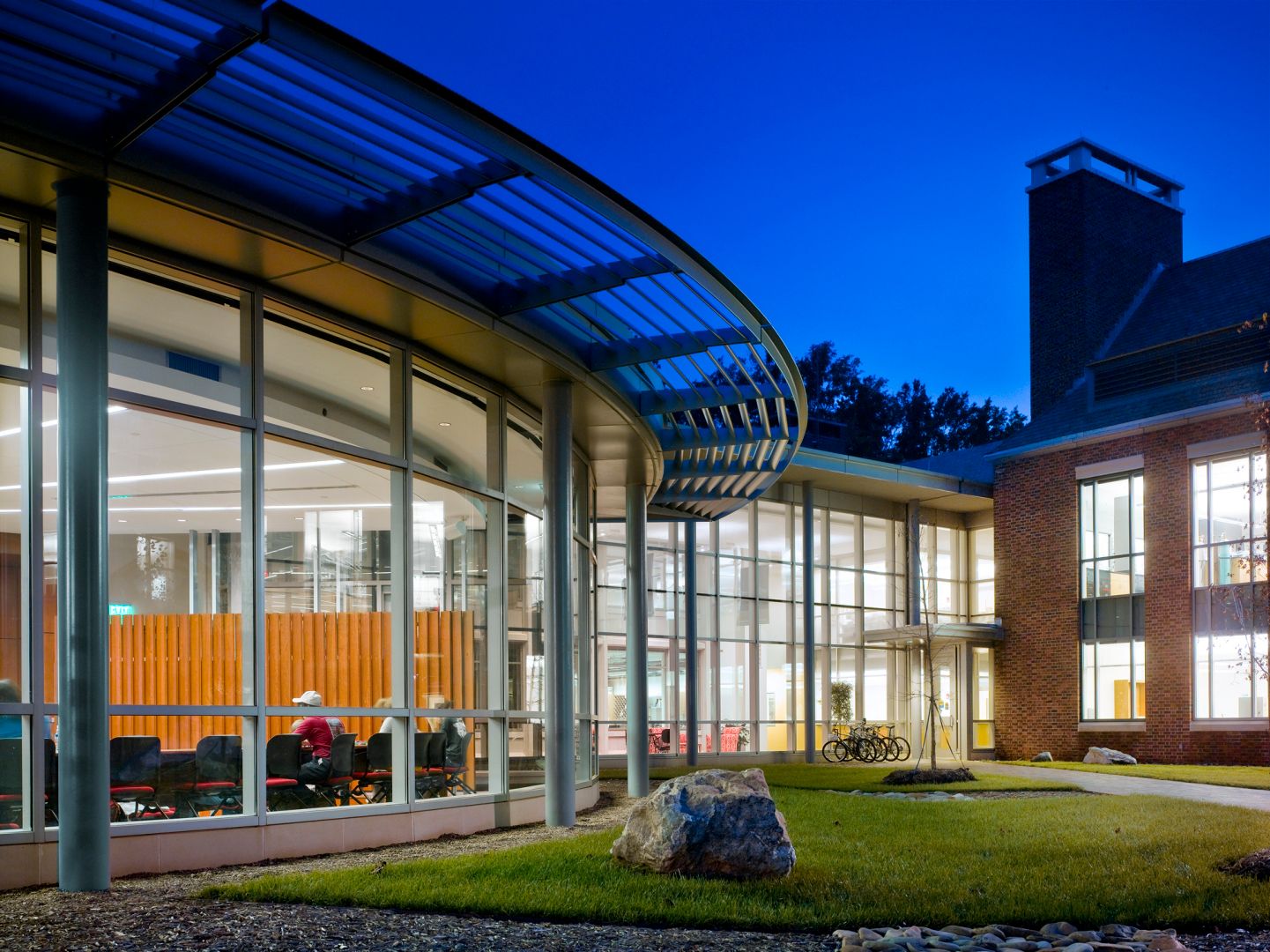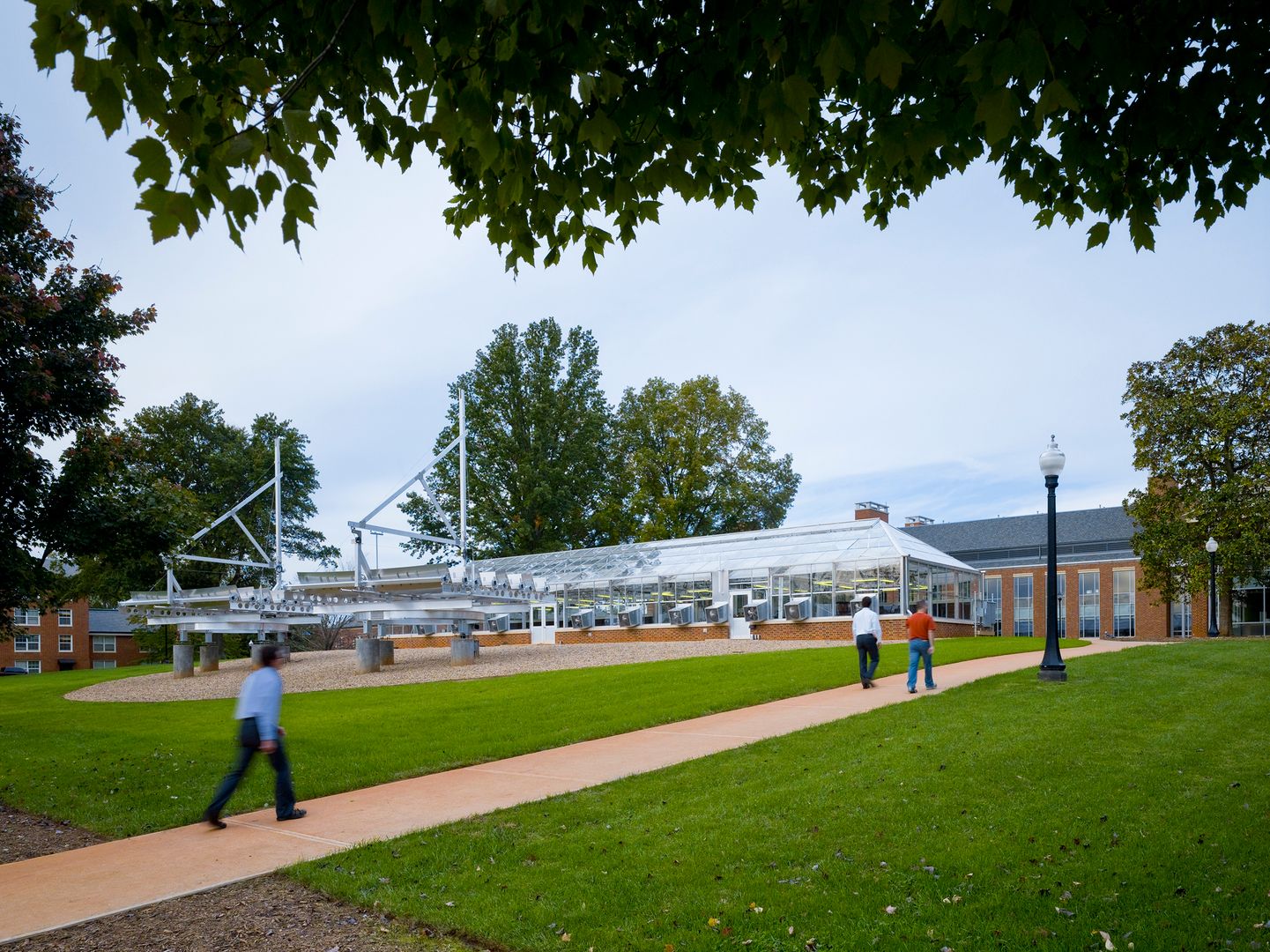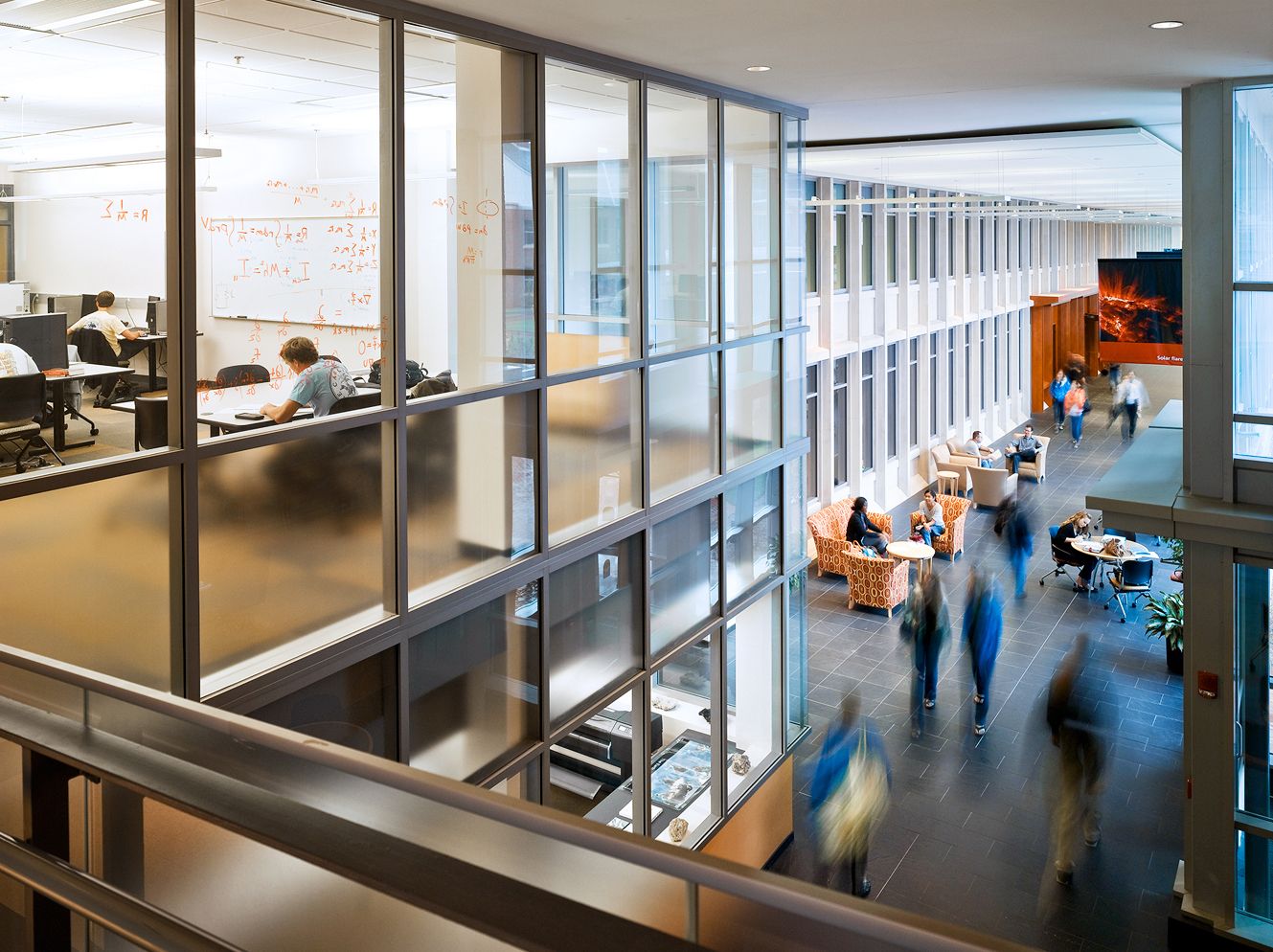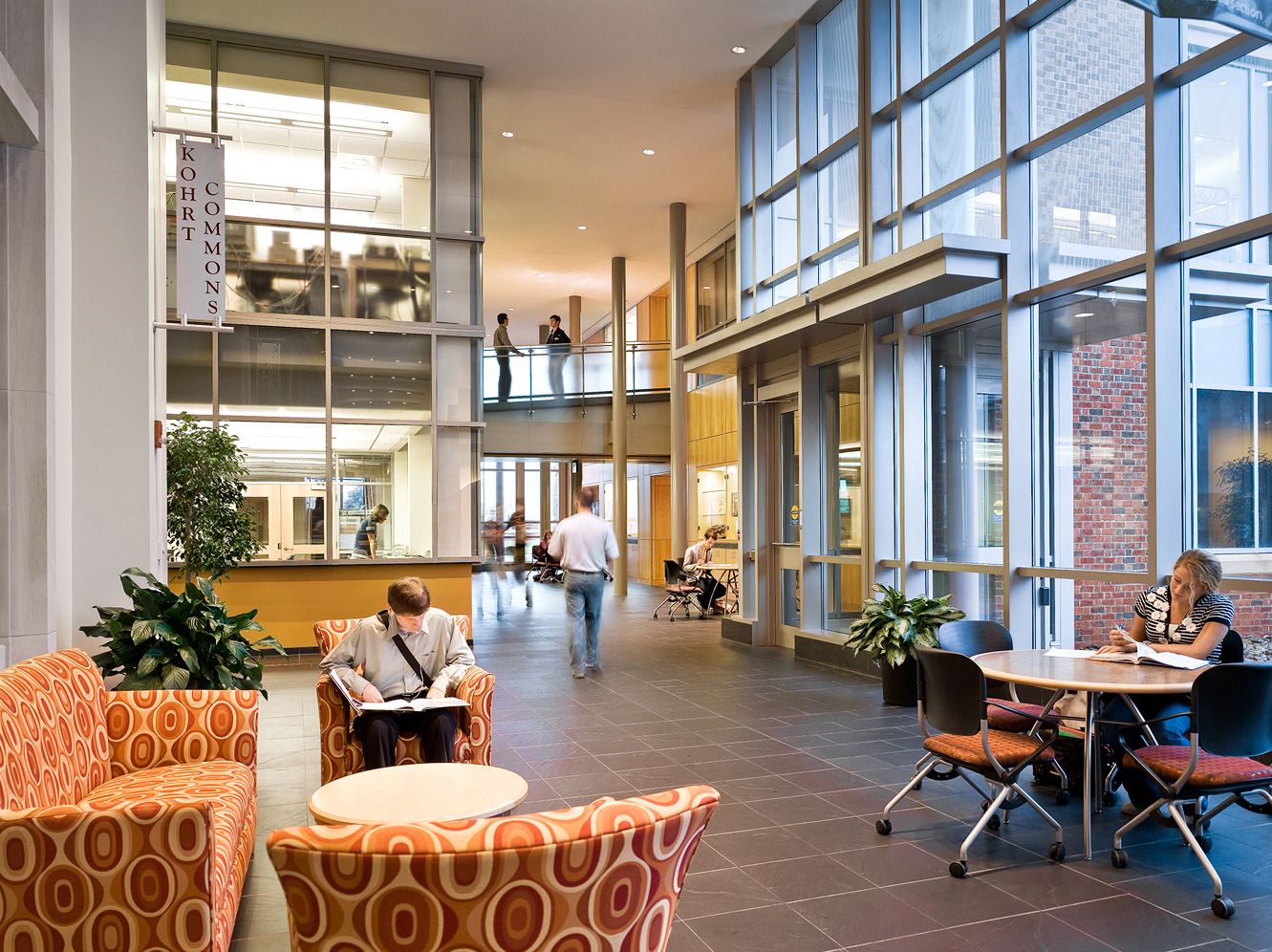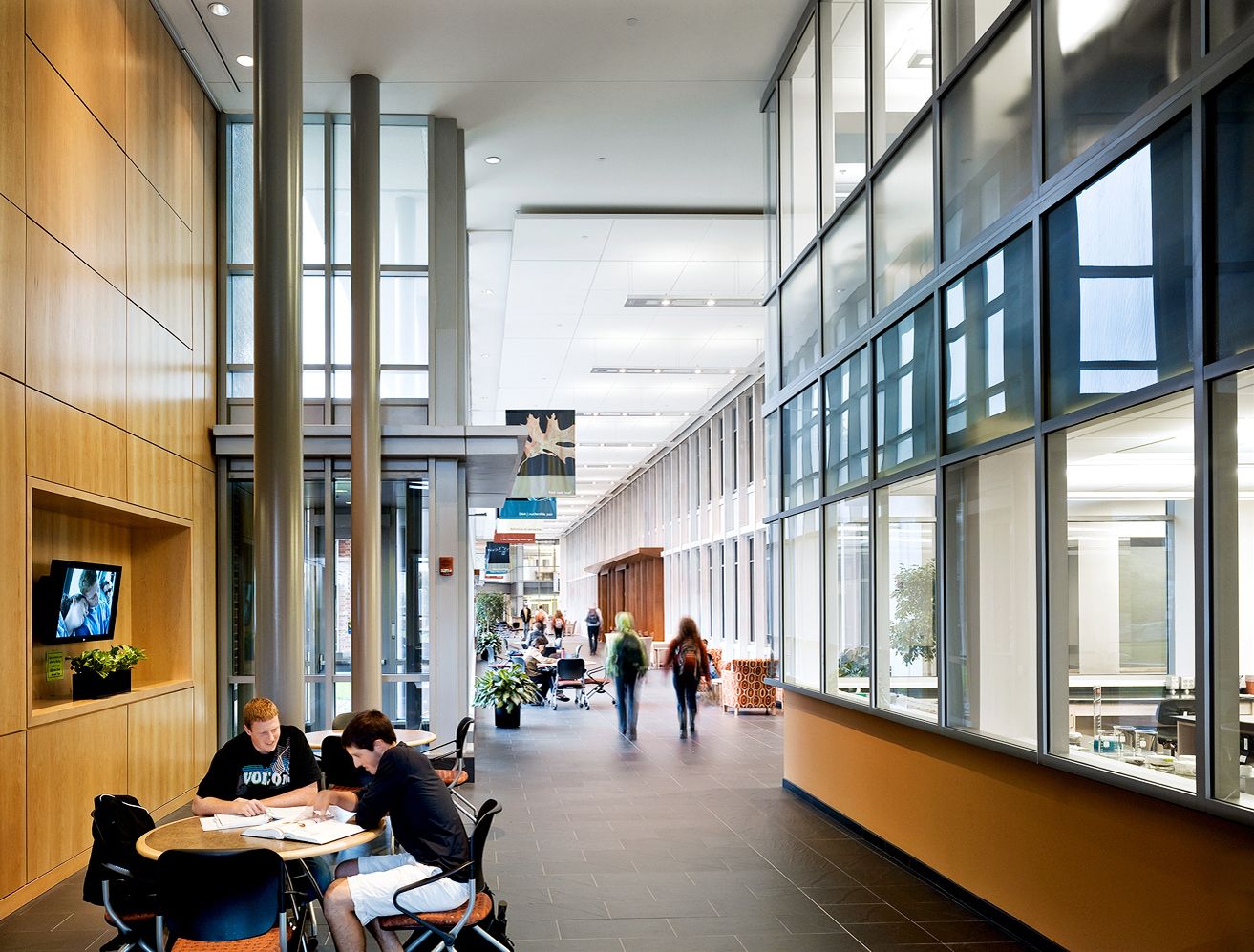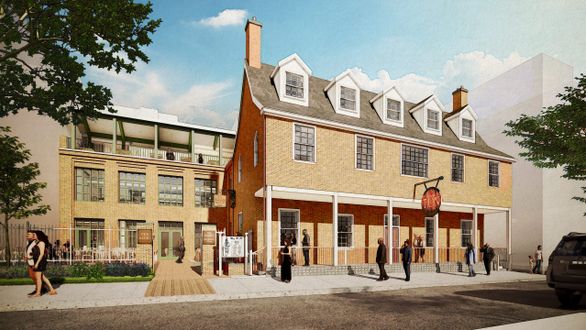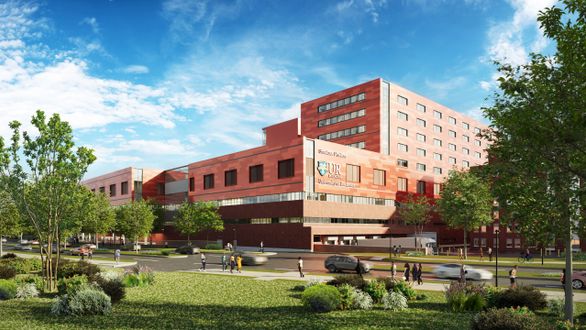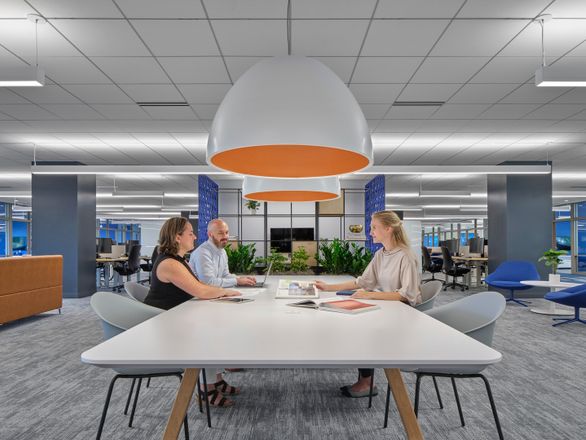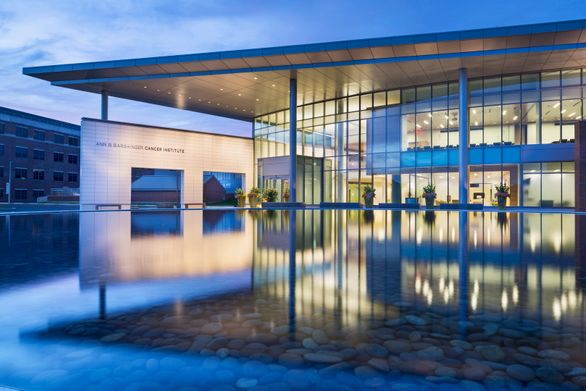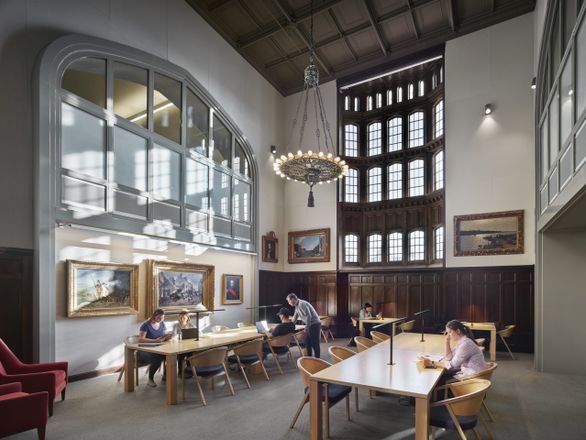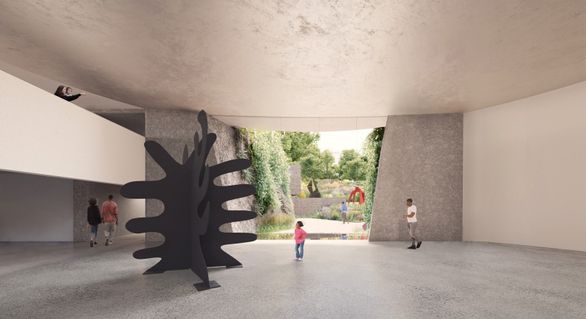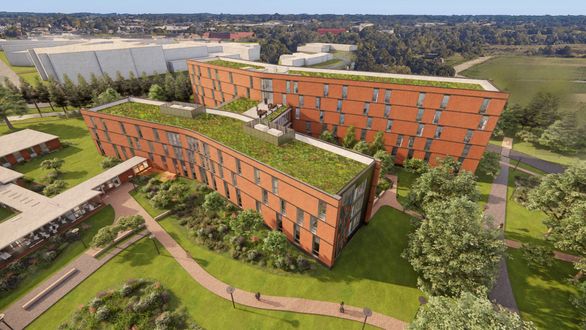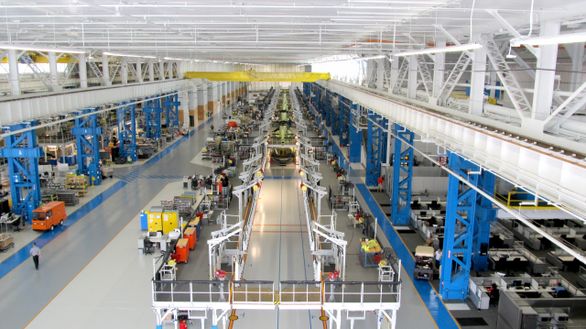Furman University
Sustainable Adaptive Reuse of Campus Heritage Science Building

Furman University
Charles H. Townes Center for Science
Furman University’s state-of-the-art Charles H. Townes Science Center provides access to an array of research labs, computer labs, science libraries, and multimedia classrooms for an interdisciplinary environment. Ballinger designed the renovation and expansion to accommodate Furman’s growing science departments. The building embodies the spirit of its namesake Charles H. Townes, a Furman graduate and Nobel Prize winner whose work led to the development of the laser.
key information
The challenge for this 190,000 GSF addition and renovation project was to adaptively reuse and transform a narrow 60’ wide by 600’ long obsolete science building with low floor-to-floor heights into a sustainable place for interdisciplinary engaged learning and discovery. Highly valued as part of the University’s architectural heritage, the existing building was retained, renovated, and expanded with two perpendicular wings that frame a new central commons with shared resources for the natural sciences including chemistry, biology, geology, earth and environmental sciences and physics.


The new, taller floor-to-floor wings house the more intense laboratories for chemistry and biology and are positioned to modulate the existing building’s length. These wings embrace two adjacent facilities to form three courtyards, each representing a distinct South Carolina landscape. The courtyards are didactically synergistic with the programs within and sustainably designed as resilient environments.
Furman envisioned a neighborhood model to advance its nationally–recognized, research-based science program. The new additions form intimately–scaled science neighborhoods, each with emblematic specialty spaces fostering departmental identity as shared resources positioned at the ends of the linear commons, connecting to shared classrooms and a science library.

The existing building’s 11’ floor heights were maximized through pioneering, first-in-the country use of chilled beam technology, which sustainably conditions air without vertical space premiums. The adaptive reuse of existing buildings for less intensive laboratories, classrooms, and offices advanced Furman’s sustainability goals, including embodied carbon savings.

American Institute for Architects South Carolina
COTE Green Special Citation
